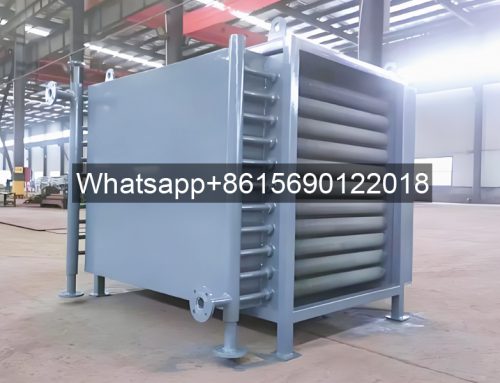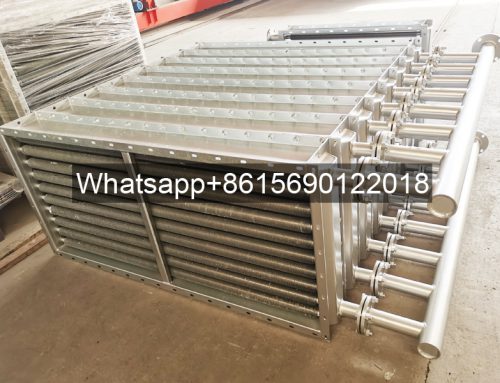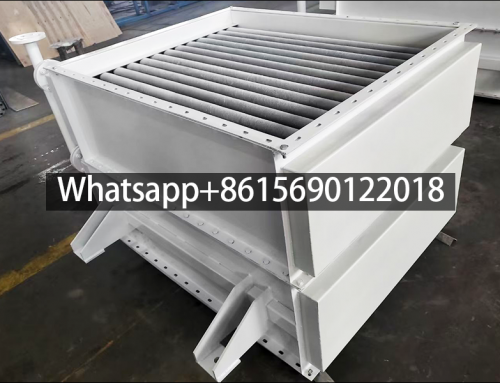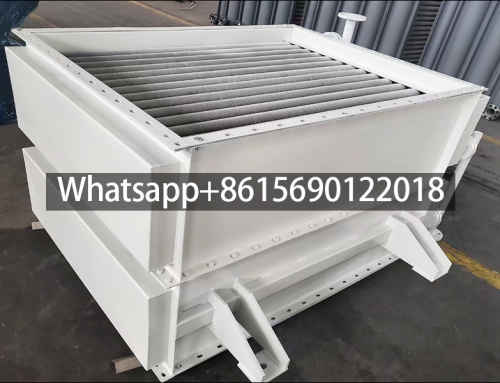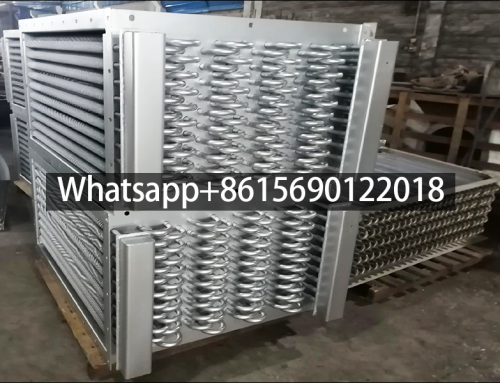Project Description
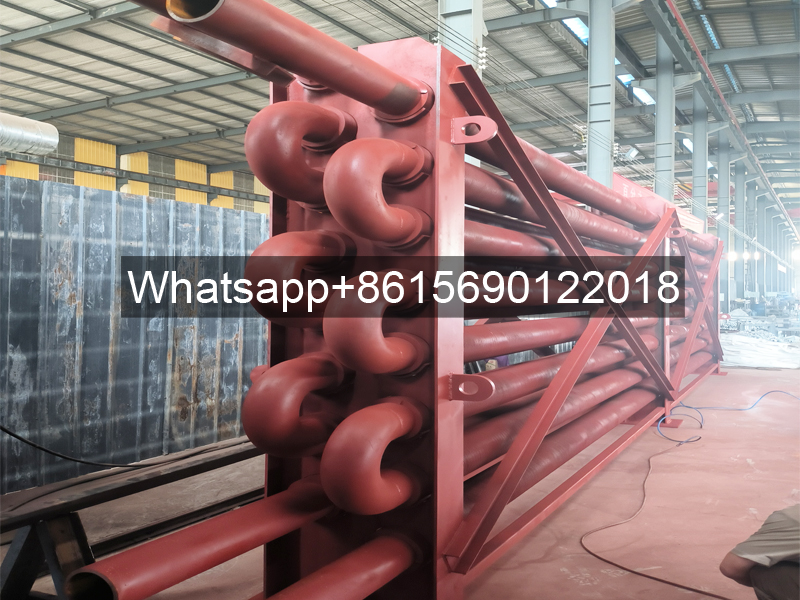
- Product Name: Large-Diameter High-Frequency Welded Spiral Fin Tube Heat Exchanger for Boilers
- Leave Your Message
Here is the professional of the provided content on Spiral Finned Tube Heat Exchangers for Boilers:
I. Structure and Manufacturing Process
-
Core Construction
- Base Tube: Typically made of carbon steel (e.g., 15CrMo), stainless steel (316L/304), or corrosion-resistant alloys (titanium, Hastelloy), responsible for pressure-bearing and heat conduction functions.
- Helical Fins: Bonded to the base tube via high-frequency welding (HFW), brazing, or integral rolling. HFW uses electrical current to melt the contact surface, forming a metallurgical bond (tensile strength >500 MPa). Integral rolling produces weld-free joints, ideal for high-pressure environments.
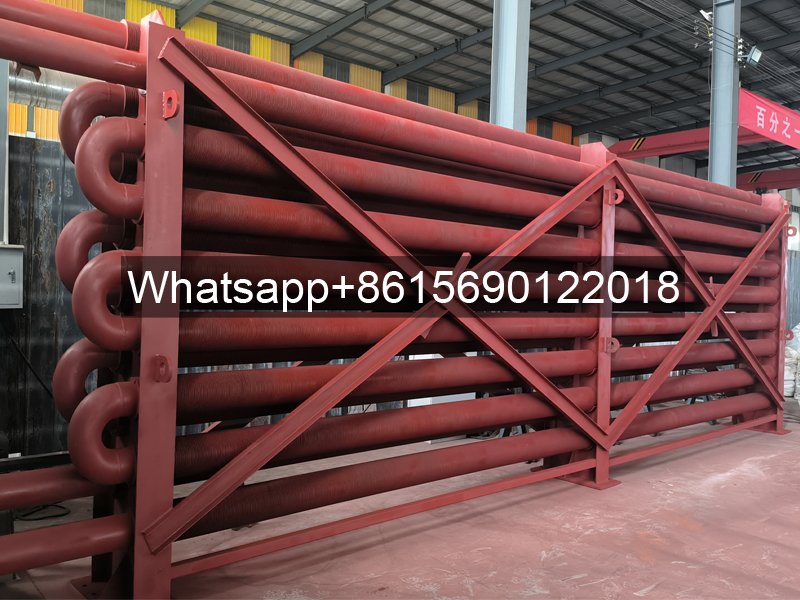
-
Manufacturing Process Comparison
Process Type Characteristics Application Scenarios High-Frequency Resistance Welding High welding strength, low contact thermal resistance (≤0.02 m²·K/W), high production efficiency Boiler economizers, air preheaters Integral Rolling No weld weak points, superior pressure resistance (burst pressure ≥4× design pressure), strong thermal fatigue resistance High-temp./high-pressure waste heat recovery Brazing Compatible with dissimilar metals, but residual flux may impair heat transfer Low-temp. corrosive media environments
II. Performance Advantages
-
High-Efficiency Heat Transfer
- Fins expand heat transfer area to 5–10 times that of bare tubes. The helical structure promotes turbulence, increasing the heat transfer coefficient by 30–60%.
- Case Study: A refinery boiler using 316L finned tubes replaced bare tubes, boosting steam system thermal efficiency by 27% and achieving annual cost savings >¥2 million.
-
Energy Savings & Compactness
- Reduces equipment volume by 30–40% for equivalent heat exchange, minimizing boiler room space requirements.
- Lowers exhaust gas temperature by 50–100°C, cutting fuel consumption by 15–20%.
-
Durability & Service Life
- Stainless steel/alloy materials resist sulfurous flue gas corrosion. Duplex stainless steel (e.g., 2205) exceeds 15 years in chloride-containing environments.
- Integrally rolled structures withstand rapid temperature cycling (-196°C to 900°C), e.g., in ethylene cracking quench boilers.
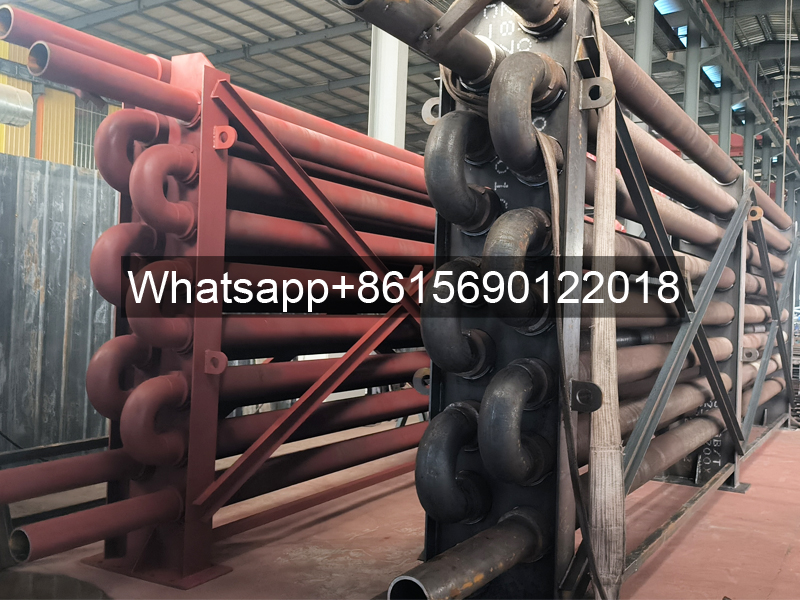
III. Key Applications in Boiler Systems
-
Economizers
- Installed in boiler tail flues, utilizing 250–400°C exhaust gas to preheat feedwater. Finned tubes significantly improve waste heat recovery.
-
Air Preheaters
- Heats combustion air to 150–300°C, reducing exhaust losses. Galvanized steel finned tubes suit low-temp. sections (<200°C); Cr-Mo steel required for high-temp. zones.
-
Waste Heat Boilers (HRSG)
- Recovers high-temp. waste gas (500–800°C) from chemical/metallurgical processes. Integrally rolled tubes resist high-ash erosion, achieving >80% heat recovery.
IV. Key Selection Parameters
-
Material Selection
- Carbon Steel: Low cost, suitable for non-corrosive flue gas at <400°C.
- Stainless Steel 316L: Sulfur corrosion resistance, ideal for coal-fired boilers.
- Titanium/Hastelloy: Extreme acid/high-chloride environments (e.g., waste incineration boilers).
-
Structural Optimization
- Fin Pitch: Dense fins (2–4 mm) enhance heat transfer; sparse fins (6–8 mm) reduce ash fouling and pressure drop.
- Gradient Design: Dense fins at the inlet strengthen heat transfer; sparse fins at the outlet lower resistance, improving overall efficiency by 35%.
-
Operating Condition Adaptation
- High-pressure systems (e.g., hydrocracking) prioritize integrally rolled tubes. Corrosive flue gas requires laser-welded stainless steel tubes (weld strength >520 MPa).
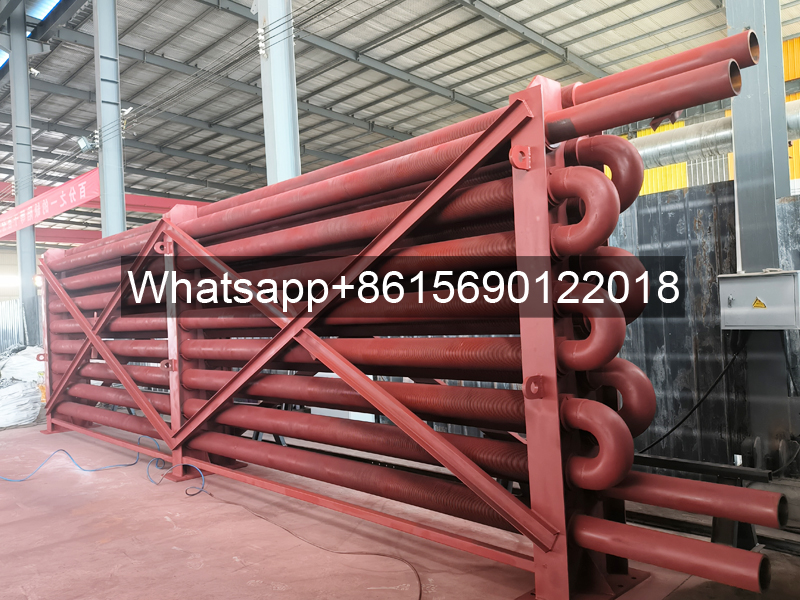
V. Industry Trends
- Smart Integration: Embedded sensors monitor tube wall temperature/stress in real-time to predict corrosion risks.
- 3D-Printed Bionic Fins: Honeycomb structures increase specific surface area by 1.8× while reducing flow resistance by 15%.
- Eco-Upgrading: Recycled scrap steel utilization reaches 92%, advancing lifecycle emission reduction.
Spiral finned tube heat exchangers drive continuous improvements in boiler system efficiency and economy through structural and material innovations, with significant future potential in supercritical boilers, biomass power generation, and beyond.


